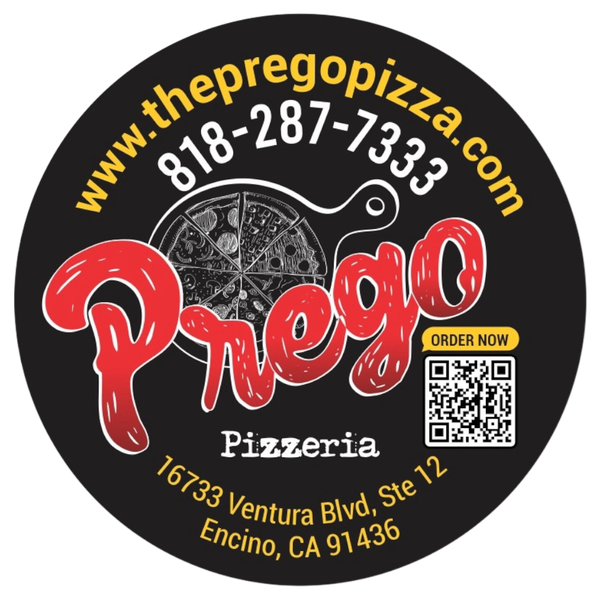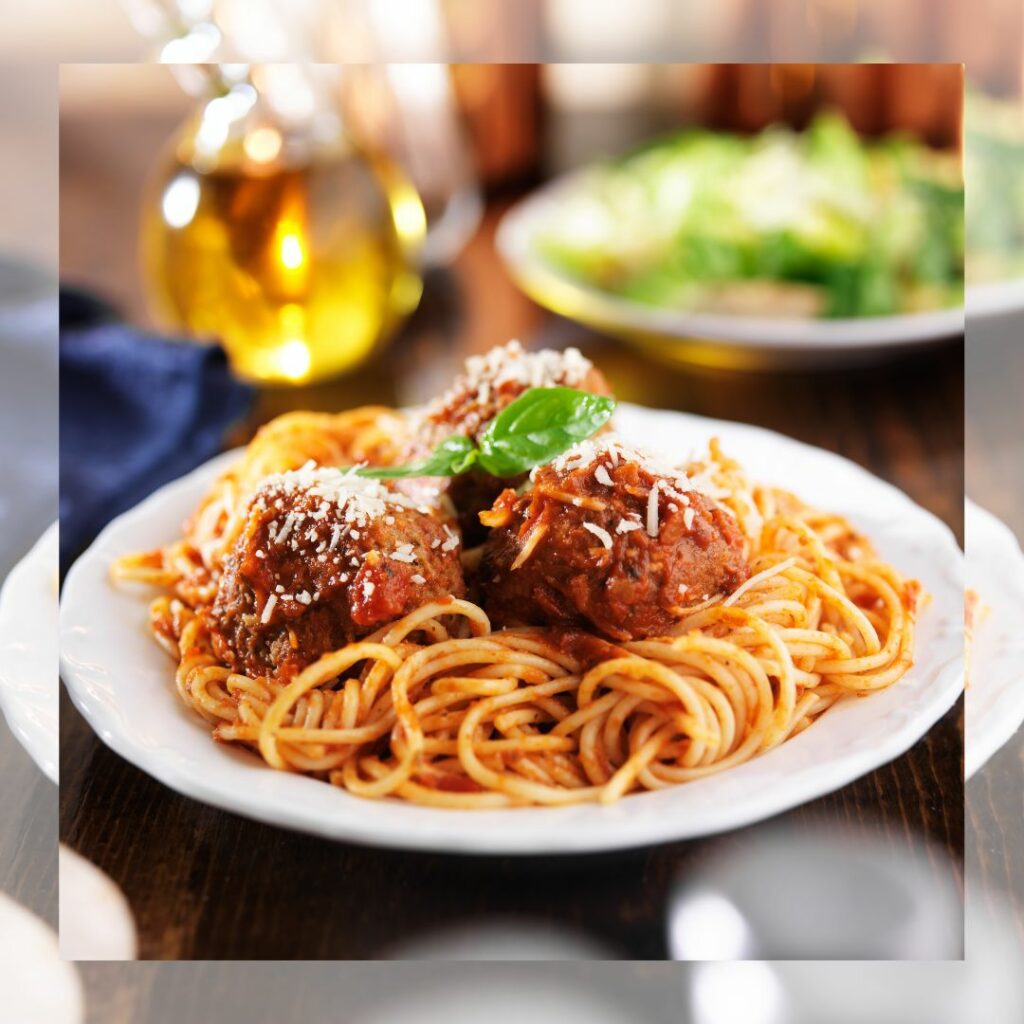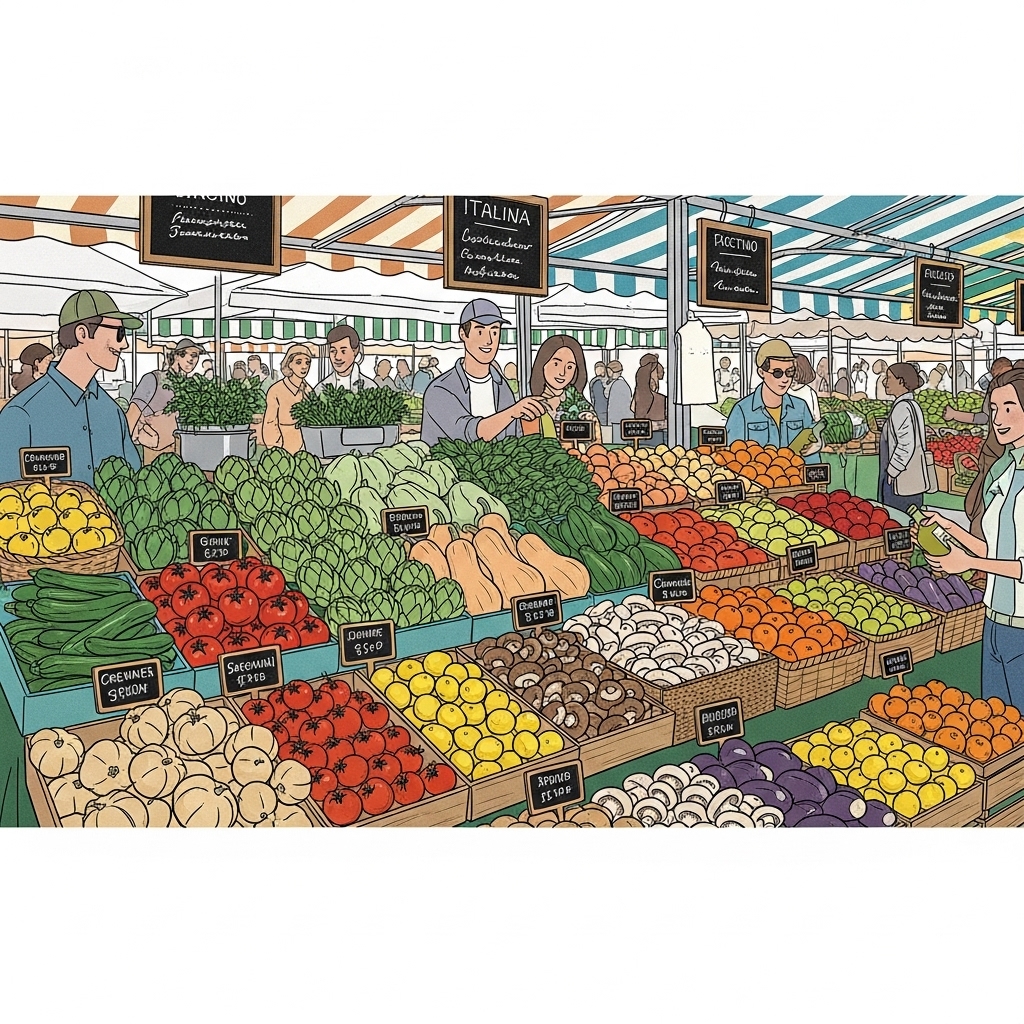Italian food is more than just a collection of delicious dishes—it’s a story of culture, tradition, and innovation. With its rich flavors and fresh ingredients, Italian cuisine has evolved over centuries, shaping palates across the globe. From the bustling streets of ancient Rome to today’s modern kitchens, here’s a journey through the history of Italian food and how it became a global phenomenon.
1. Ancient Rome: The Foundations of Italian Cuisine
The roots of Italian food can be traced back to ancient Rome, where meals reflected both social status and the abundance of Mediterranean ingredients. Staples like bread, wine, and cheese formed the basis of the Roman diet, with grains, olives, and grapes playing a central role.
Roman cuisine was hearty and simple, often featuring legumes, fruits, and vegetables. Sauces made from fermented fish, honey, and spices added bursts of flavor to dishes, a practice that would influence Italian cooking for generations. These early culinary traditions laid the groundwork for many classic dishes we know and love today.
2. The Middle Ages: Regional Flavors Emerge
With the fall of the Roman Empire, Italy fragmented into smaller regions, each developing its own culinary identity. This period marked the beginning of Italy’s regional cuisine, with distinct flavors and ingredients shaping the food of the north and south.
In Northern Italy, rich dishes with butter, cream, and rice became staples, while Southern Italy embraced olive oil, tomatoes, and seafood. The introduction of spices from the East and sugar from Arab traders added new depth to recipes. Pasta also began to make its mark, becoming a defining feature of Italian cooking.
3. The Renaissance: Italian Food Goes Global
The Renaissance was a golden era for Italian cuisine. Chefs gained fame for their refined techniques, often serving in royal courts across Europe. Italian food became a symbol of sophistication, and its influence began to spread far beyond the country’s borders.
This period also brought key ingredients from the Americas, including tomatoes, potatoes, and corn. Though initially met with skepticism, these ingredients eventually revolutionized Italian cuisine, giving rise to iconic dishes like pizza, polenta, and tomato-based sauces.
4. The 19th Century: Unifying Italian Cuisine
The unification of Italy in the 19th century helped bring together the country’s diverse culinary traditions. Regional specialties began to merge, creating a shared sense of national identity through food. Trattorias—casual eateries serving traditional meals—became popular gathering spots for families.
At the same time, waves of Italian immigrants brought their recipes to new lands, introducing the world to dishes like spaghetti and meatballs. Italian cuisine began to take root globally, evolving as it adapted to local ingredients and tastes.
5. Modern Italian Food: Tradition Meets Innovation
Today, Italian food continues to strike a perfect balance between honoring tradition and embracing innovation. Classic recipes are celebrated while chefs experiment with new techniques and ingredients, keeping the cuisine fresh and exciting.
Farm-to-table practices and organic farming are central to modern Italian cooking, preserving the quality and authenticity of ingredients. From Neapolitan pizza to Sicilian cannoli, Italian food has become a universal language of comfort, joy, and togetherness.
A Culinary Legacy (italian food)
The history of Italian food is a celebration of its timeless appeal and cultural significance. From ancient Roman feasts to today’s gourmet creations, Italian cuisine brings people together, preserving traditions while inspiring new flavors. With every meal, it tells a story of connection, community, and the simple joy of sharing good food with loved ones.
Read more:




